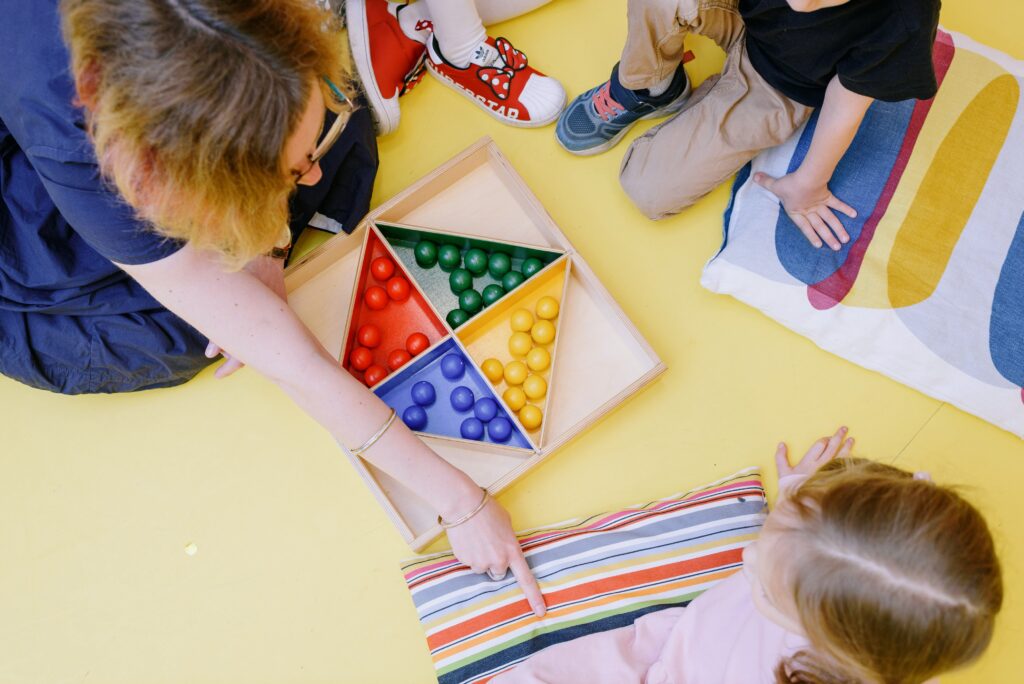Floor time therapy, also known as DIR/Floortime, is a form of intervention for children with autism spectrum disorder (ASD). It was developed by Dr. Stanley Greenspan and aims to improve social and emotional development in children with ASD.
The therapy involves engaging the child in interactive play, using toys and other objects to encourage the child to communicate and interact with the therapist or caregiver. The therapist follows the child’s lead, allowing them to set the pace and direction of the play.
The therapist also helps the child to develop their attention, engagement, and social skills by providing support and guidance as needed. For example, the therapist may help the child initiate play with a toy, or encourage them to make eye contact or respond to their name.
One of the key goals of floor time therapy is to help the child develop a sense of self and the ability to understand and regulate their own emotions. This is achieved through the use of positive reinforcement and the creation of a supportive and nurturing environment.

Floor time therapy is typically delivered in one-on-one sessions, but it can also be incorporated into group settings, such as playgroups or preschools. The therapy is typically conducted at the child’s developmental level, and the therapist will work with the child to gradually build their skills and abilities over time.
Research has shown that floor time therapy can be effective in improving social and emotional development in children with ASD. It is often used in combination with other therapies, such as speech and language therapy or occupational therapy, to help the child reach their full potential.
Overall, floor time therapy is a valuable tool for helping children with ASD to develop the skills they need to succeed in social and academic settings.
Feel free to browse our topics here.

